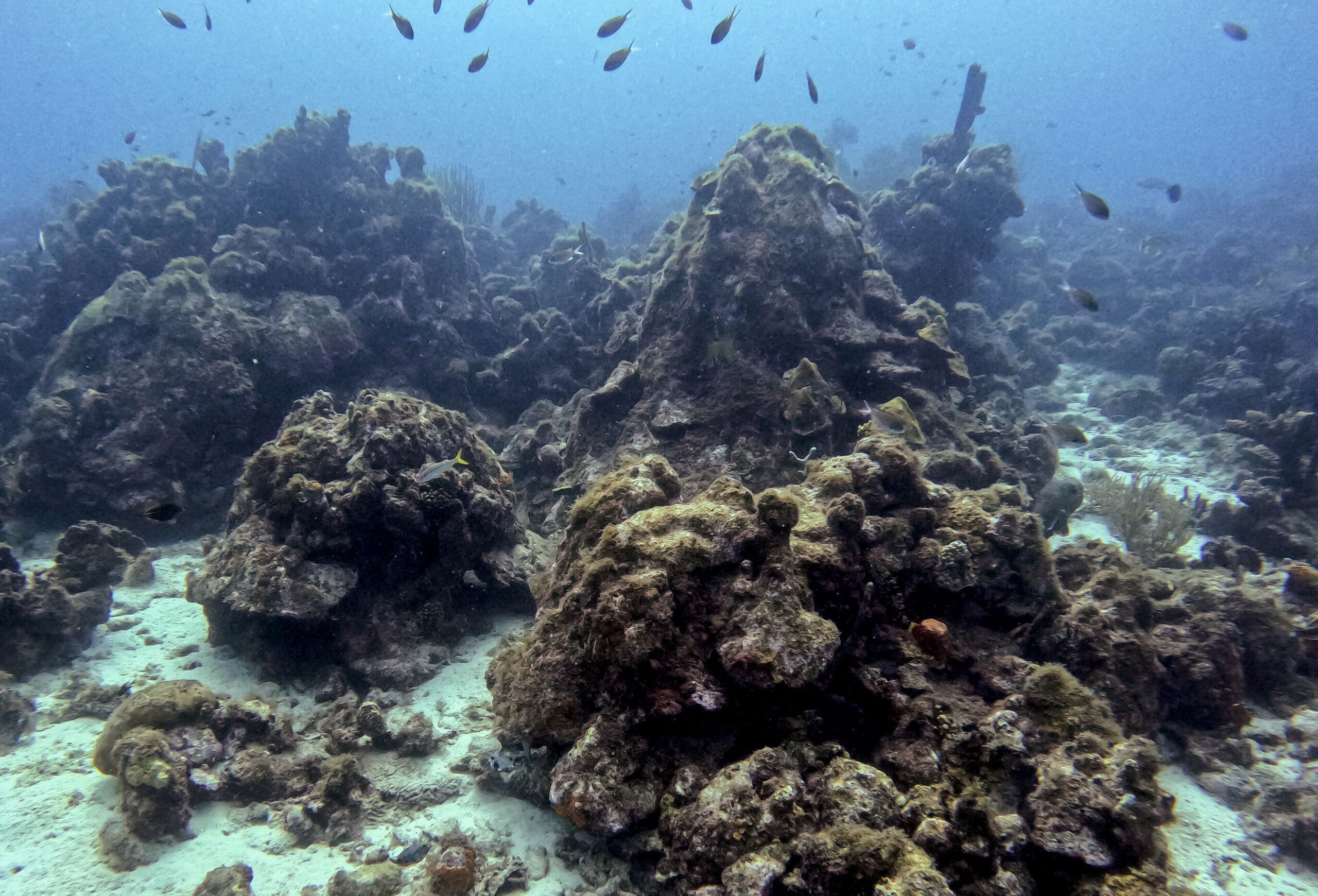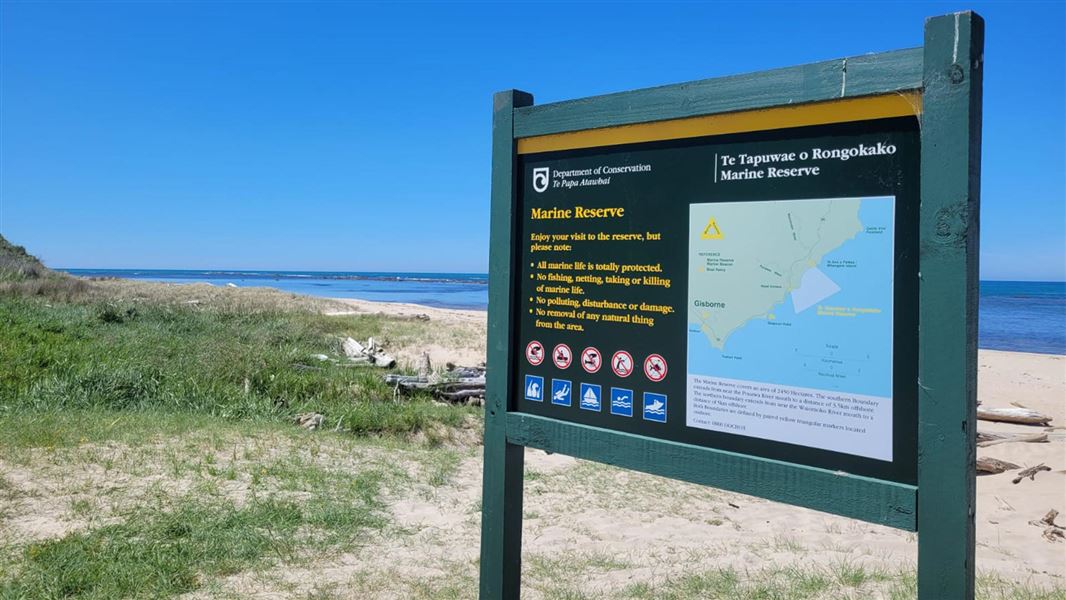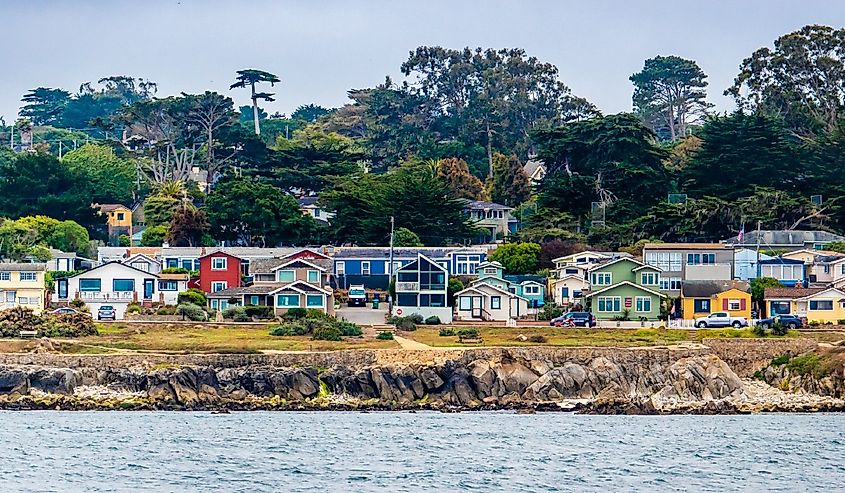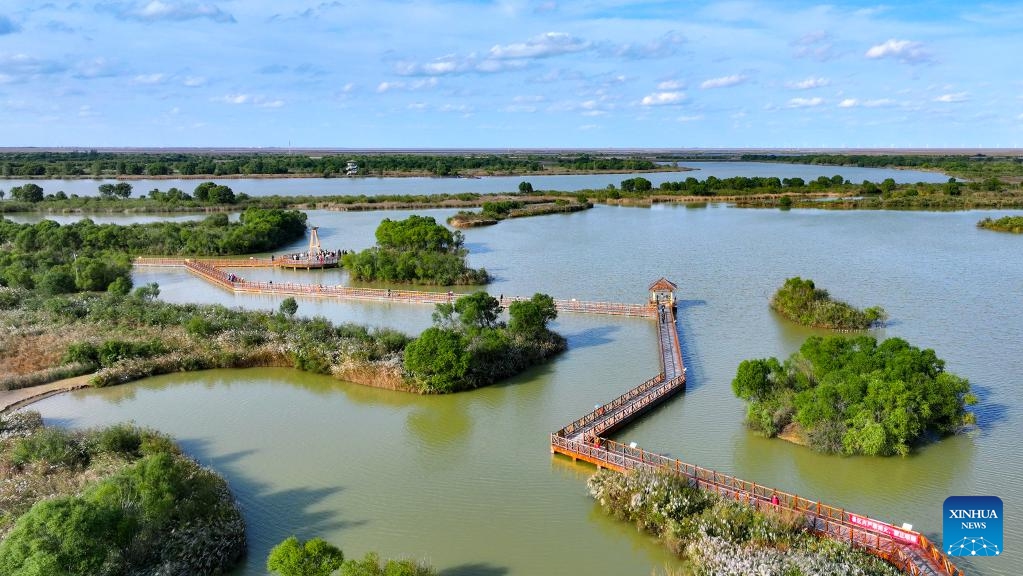Countries shorten tuna fishing closure at Pacific summit with few conservation ‘wins’ – Mongabay

Report on the Inter-American Tropical Tuna Commission (IATTC) 2024 Annual Meeting and Alignment with Sustainable Development Goals
Introduction
The annual meeting of the Inter-American Tropical Tuna Commission (IATTC) was held in Panama from September 1-5, 2024. The commission, a multilateral body responsible for the conservation and management of tuna and other marine resources in the Eastern Pacific Ocean, addressed several key issues impacting the sustainable use of marine ecosystems. This report analyzes the meeting’s outcomes with a significant emphasis on their alignment with the United Nations Sustainable Development Goals (SDGs), particularly SDG 14 (Life Below Water).
Key Outcomes and SDG Alignment
Progress Towards SDG 14.4: Regulating Harvest and Ending Overfishing
The commission made decisions directly impacting the regulation of fishing to ensure long-term sustainability, a core component of SDG Target 14.4. Actions were taken based on scientific advice, reflecting a commitment to science-based management plans.
- Fishing Closure Adjustment: Commission members agreed to shorten the annual fishing closure for purse seiner vessels from 72 to 64 days, effective in 2026. This decision was a compromise that adhered to the recommendations of the IATTC’s scientific committee, balancing economic needs with sustainable stock management.
- Harvest Strategy Development: A significant step was taken towards adopting a long-term harvest strategy for bigeye tuna (Thunnus obesus) by 2026. Harvest strategies are critical for achieving SDG 14 as they move management from reactive decision-making to a pre-agreed, science-based framework, shielding conservation measures from short-term political or commercial pressures.
- Monitoring Programs: The commission approved funding for two key monitoring programs essential for sustainable management:
- A program to monitor the bycatch of bigeye tuna in purse seine fisheries.
- A new skipjack tagging program, funded by the industry, to improve stock assessments.
Measures Supporting SDG 14.2: Protection of Marine Ecosystems
The meeting addressed the protection of marine ecosystems through the continuation of spatial closures and improved regulations on fishing gear, contributing to SDG Target 14.2.
- Maintenance of the ‘Corralito’ Closure: The commission upheld the seasonal closure of the corralito, a significant marine area west of the Galápagos Islands, to purse seiner fishing for one month annually. This spatial management measure is vital for protecting marine biodiversity in a critical ecosystem.
- Fish Aggregating Device (FAD) Management: Rules concerning FADs were refined to encourage the recovery of devices no longer in use. This measure aims to reduce marine pollution and the risk of entanglement for non-target species, thereby mitigating the broader ecological impact of fishing activities.
Challenges and Setbacks for SDG Targets
Failure to Advance Monitoring and Shark Conservation
Despite progress in some areas, the meeting failed to adopt key conservation proposals, highlighting persistent challenges in achieving consensus and fully realizing SDG 14 targets. These setbacks demonstrate the difficulties in implementing international agreements as outlined in SDG 17 (Partnerships for the Goals).
- Insufficient Observer Coverage (SDG 14.4): A European Union proposal to increase observer coverage on longline fishing vessels from the current 5% minimum was not adopted due to resistance from East Asian members citing cost concerns. Enhanced monitoring is crucial for combating Illegal, Unreported, and Unregulated (IUU) fishing and ensuring accurate data for stock assessments.
- Weakened Shark Protections (SDG 14.2): An EU proposal to strengthen shark protection by reducing exceptions to the “fins naturally attached” (FNA) rule was also blocked. The failure to tighten these regulations, which are considered weaker than those of other regional fisheries management organizations, undermines efforts to end the destructive practice of shark finning.
Conclusion
The 2024 IATTC meeting yielded mixed results in the context of the Sustainable Development Goals. Positive steps were taken towards science-based management of tropical tuna stocks, aligning with SDG 14.4. However, the failure to achieve consensus on enhanced monitoring for longline fleets and stronger protections for sharks indicates that significant political and economic barriers remain. Achieving the comprehensive goals of SDG 14 requires stronger commitment and partnership among all member nations to prioritize long-term marine ecosystem health over short-term economic interests.
Analysis of the Article in Relation to Sustainable Development Goals (SDGs)
1. Which SDGs are addressed or connected to the issues highlighted in the article?
-
SDG 14: Life Below Water
This is the primary SDG addressed. The entire article focuses on the conservation and sustainable use of marine resources, specifically the management of tuna and other fish stocks in the Eastern Pacific Ocean. It discusses regulating fishing, protecting marine ecosystems, and addressing the impacts of fishing practices on species like sharks.
-
SDG 17: Partnerships for the Goals
The article highlights the role of the Inter-American Tropical Tuna Commission (IATTC), a multilateral body comprising numerous countries and the European Union. This represents a global partnership working to achieve sustainable development. The discussions, agreements, and disagreements among members (e.g., Latin American countries, the U.S., E.U., and East Asian nations) exemplify the dynamics of international cooperation for shared goals.
2. What specific targets under those SDGs can be identified based on the article’s content?
-
SDG 14: Life Below Water
-
Target 14.4: By 2020, effectively regulate harvesting and end overfishing, illegal, unreported and unregulated fishing and destructive fishing practices and implement science-based management plans.
The article directly relates to this target through the IATTC’s actions to manage tuna stocks. This includes setting the length of the annual fishing closure (shortened from 72 to 64 days), developing a long-term harvest strategy for bigeye tuna, and the fact that these decisions are based on scientific advice to ensure stocks remain “healthy.”
-
Target 14.2: By 2020, sustainably manage and protect marine and coastal ecosystems to avoid significant adverse impacts.
This target is addressed by the decision to maintain the seasonal closure of the corralito, a specific marine area west of the Galápagos, to protect the ecosystem. Additionally, the refinement of rules on Fish Aggregating Devices (FADs) to encourage their recovery aims to reduce their ecological hazards and impact on marine life.
-
Target 14.a: Increase scientific knowledge, develop research capacity and transfer marine technology.
The article emphasizes the importance of science in decision-making, noting that the commission “followed the scientific advice” from its scientific committee. It also mentions the implementation of a new program for “tagging skipjack, aimed at improving stock assessments” and the continuation of a monitoring program for bigeye tuna, both of which contribute to increasing scientific knowledge for sustainable management.
-
Target 14.c: Enhance the conservation and sustainable use of oceans and their resources by implementing international law.
The existence and operation of the IATTC as a Regional Fisheries Management Organization (RFMO) is a direct implementation of international frameworks for managing shared marine resources on the high seas, as called for by this target.
-
Target 14.4: By 2020, effectively regulate harvesting and end overfishing, illegal, unreported and unregulated fishing and destructive fishing practices and implement science-based management plans.
-
SDG 17: Partnerships for the Goals
-
Target 17.16: Enhance the global partnership for sustainable development, complemented by multi-stakeholder partnerships.
The IATTC meeting itself, involving member countries from different continents, the EU, and observer NGOs like WWF and Pew Charitable Trusts, is a clear example of a multi-stakeholder partnership in action. The article details their collaborative (and sometimes contentious) efforts to manage a shared resource.
-
Target 17.14: Enhance policy coherence for sustainable development.
The IATTC’s work aims to create coherent policies, such as the 64-day fishing closure and harvest strategies, that apply to all member nations fishing in the Eastern Pacific. This prevents a fragmented approach and promotes a unified strategy for the sustainable management of tuna stocks.
-
Target 17.16: Enhance the global partnership for sustainable development, complemented by multi-stakeholder partnerships.
3. Are there any indicators mentioned or implied in the article that can be used to measure progress towards the identified targets?
-
For Target 14.4 (Regulate harvesting)
- Indicator 14.4.1 (Proportion of fish stocks within biologically sustainable levels): The article implies progress towards this indicator by stating that tropical tuna “stocks are considered healthy.” The adoption of management measures based on scientific advice, such as the fishing closure period and the development of harvest strategies, are actions taken to maintain this sustainable level.
-
For Target 14.2 (Protect marine ecosystems)
- Existence of spatial and temporal closures: The maintenance of the seasonal closure of the corralito is a specific, measurable action to protect a key marine area.
- Regulation of fishing gear: The new rules allowing for the recovery of unused FADs without penalty is an indicator of efforts to mitigate the ecosystem damage caused by this fishing method.
-
For Target 14.a (Increase scientific knowledge)
- Use of scientific advice in policy: The article explicitly mentions that the commission “followed the scientific advice” of its scientific committee, which serves as a qualitative indicator of science-based management.
- Implementation of monitoring programs: The new program for tagging skipjack and the continued funding for monitoring bigeye tuna catch are concrete indicators of investment in research to improve stock assessments.
-
For Target 17.16 (Global partnership)
- Functioning of international bodies: The annual meeting of the IATTC, its consensus-based decision-making process, and the active participation of its diverse members are indicators of the partnership’s operation. The failure to adopt proposals on shark protection and observer coverage due to “resistance from East Asian members” is also an indicator of the challenges within such partnerships.
4. Table of SDGs, Targets, and Indicators
| SDGs | Targets | Indicators Identified in the Article |
|---|---|---|
| SDG 14: Life Below Water | 14.4: Effectively regulate harvesting and end overfishing. |
|
| SDG 14: Life Below Water | 14.2: Sustainably manage and protect marine and coastal ecosystems. |
|
| SDG 14: Life Below Water | 14.a: Increase scientific knowledge. |
|
| SDG 17: Partnerships for the Goals | 17.16: Enhance the global partnership for sustainable development. |
|
| SDG 17: Partnerships for the Goals | 17.14: Enhance policy coherence for sustainable development. |
|
Source: news.mongabay.com

What is Your Reaction?
 Like
0
Like
0
 Dislike
0
Dislike
0
 Love
0
Love
0
 Funny
0
Funny
0
 Angry
0
Angry
0
 Sad
0
Sad
0
 Wow
0
Wow
0



















































.jpg.webp?itok=0ZsAnae9#)

























